From an automated mushroom farm to the first NFT in space! Read on to find out what happened at the Jan '22 Miami Hack Week!
Let's continue digging deeper into Arduino to see what's really going on with registers.
In order to use more advanced features or optimize our code for space and speed, we need to understand how to work with registers directly in microcontrollers.
With all the information needed to construct a combat bot, let's actually build one!
We bring back Jamie to give us some design tips when creating a 3D-printed plastic ant bot.
We get a combat bot veteran to talk about the different weapon types for fighting robots.
We can use digital magnetic field detectors as a compass to give our robot an absolute heading.
Let's gaze upward and look at how some of those nifty satellites can give us position data.
It's Monday, and that means it's time for Adventures in Science! This week, we dive into the mysterious world of rotary encoders.
Time for the ever-popular loops discussion! We look at the three basic loops you can use in Arduino.
Building on our last Arduino programming episode, we look at creating compound conditional statements using logic operators.
We present another set of concepts in the computer science series as they relate to Arduino.
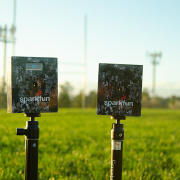

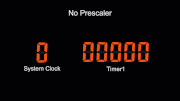



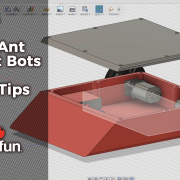



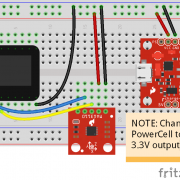


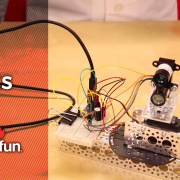
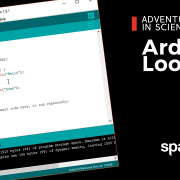
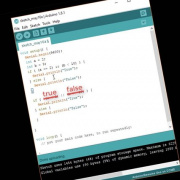
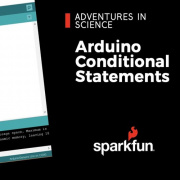
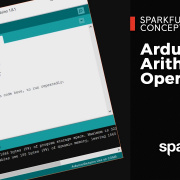
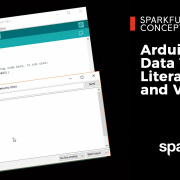
Hi, "For a full wishlist of products for this project, check it out here:" ....but I see no link to anything further. I am hoping you have…